New photographs mark the 50th anniversary of Learning from Las Vegas
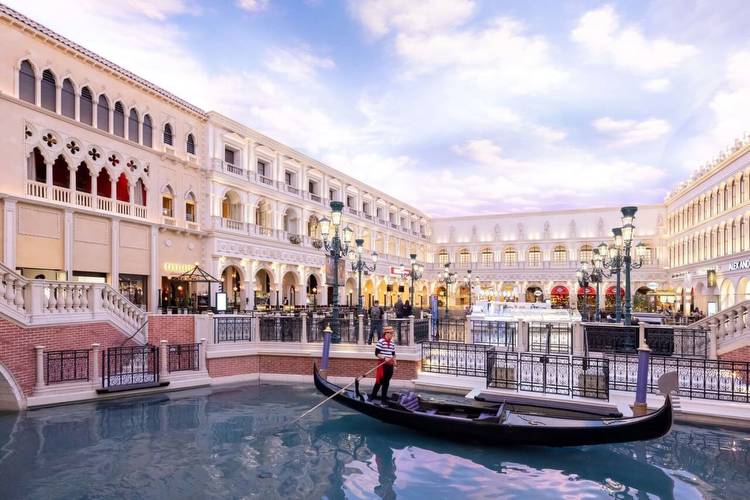
“We are never going to look at the world the same again,” Ada Louise Huxtable prophesied when reviewing Learning from Las Vegas (LLV) for The New York Review of Books in 1973. She was right. Written by Robert Venturi, Denise Scott Brown, and Steven Izenour, LLV changed how architects research, document, and represent the built environment. Through an analysis of symbol, access, and image—influenced by the Nolli map, Ed Ruscha’s art, and everything in between—the book’s irreverent operations study what actually existed with a close eye. The essays, filed in a second section, introduce the essential dichotomy of the duck versus the decorated shed, and the third part stages the work of Venturi and Rauch as practical explorations of the previously articulated theories.
LLV’s first edition wasn’t without controversy. Designed by Muriel Cooper at The MIT Press, the book’s layout—Bauhaus-influenced, large in trim size and expensive—was abhorrent to its authors, as its modernist “heroic and original” styling ran counter to their championing of the “ugly and ordinary” (U&O). (Scott Brown referred to this as the “Tyranny of the Template” in her essay that introduced a 2017 facsimile reproduction of this version.) A few years later, the publisher offered them a chance to redesign the book for a second edition, resulting in the reduced, largely black-and-white 1977 paperback iteration. It became the version of the text that most readers know, despite its “small, cheap, readable, U&O, [and] skimpy” qualities, as Scott Brown wrote. While the first edition (with its glassine cover in good condition) is a collector’s item, the second edition can be found on the shelves of used bookstores across the country.
Commissioned to mark this milestone, Baan’s photographs—on view at the American Academy in Rome, where Baan is the institution’s 2023 Richard Grubman and Caroline Mortimer Photographer in Residence—record his wandering eye as it traverses the landscapes of the twinned environments. Seen side by side, the eternal city and the instant city collapse together. Tourism has shaped these environments into recreational concourses. Baan visited Rome during a summer heat wave, capturing the bored, sweaty visitors gathered among the historical landmarks. In Las Vegas, he roved along the backsides of the Strip and throughout the casino and retail interiors.
The aesthetics of flatness are a constant subject, from the foam-and-paint profiles of Caesar’s Palace to the Trevi fountain “applied” to the side of the Palazzo Poli. Thanks in part to LLV, our eyes now see how these two conditions—“history” and the “city” as-is—are linked. As a result, our ability to locate architecture among the U&O material collisions of the real world is vastly improved.
“Here is a plea for a proper architectural humanity and humility as well as a plan to accommodate the desires and values of ordinary people, who are too often dragged along on architectural ego trips and uplift programs,” LLV’s first cover stated. Fifty years later, we remain in desperate need of both.













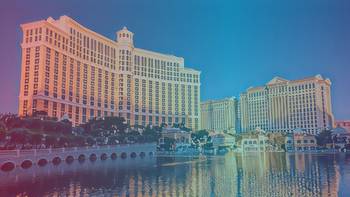
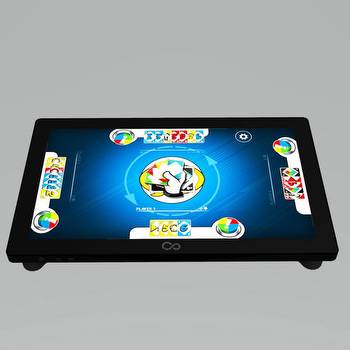
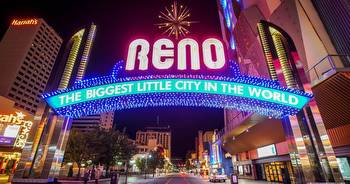
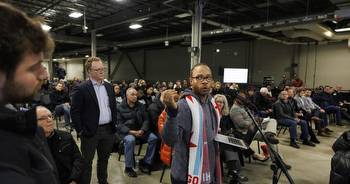

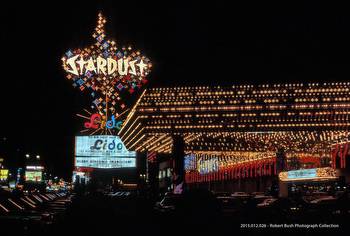
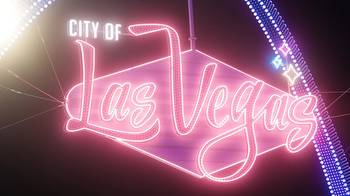






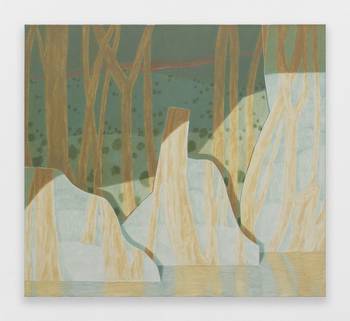
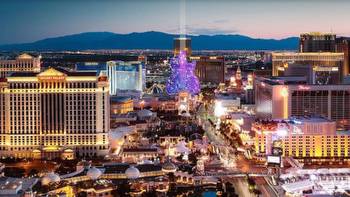


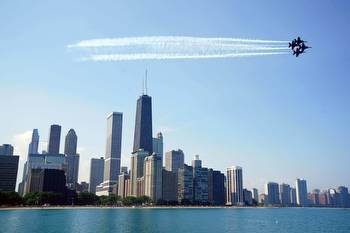


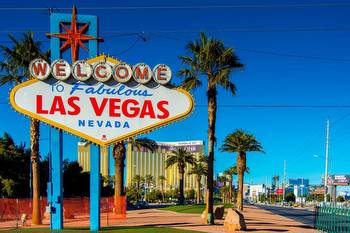
.jpg)



